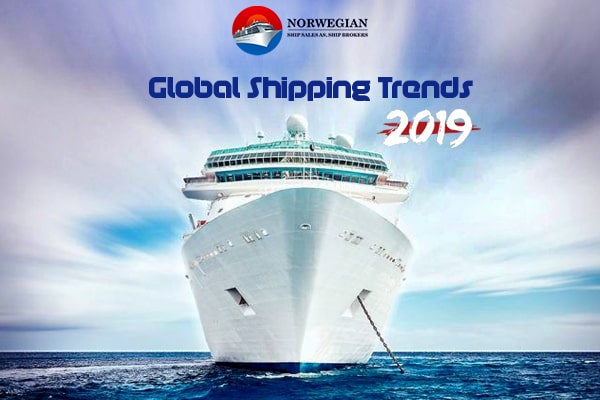The shipping industry keeps developing year by year. The various causes of development include regulations, incorporation of new technologies, market fluctuations, or something else. However, there are few aspects that remain the same always. Hence, an organisation should keep themselves abreast of the latest global shipping trends to help them foresee the emergence of issues and adjust to the best way of ability.
Let’s take a look at the various factors that are likely to affect the shipping industry in 2019.
Consolidation will continue
Consolidation is a global trend happening for the past few years and is likely to continue in 2019. The smaller operators are likely to be squeezed out of the market as the number of global conglomerates could be counted on our fingers. 2019 will see further consolidations along with few cases of bankruptcies and strategic alliances (mostly in the agreements on vessel-sharing, vessel rotations, etc).
Changes in Governmental Policy
Global relations play an important role for changes in the market. However, there is nothing certain now, and the impact of policies, including regulations and trade agreements is an important consideration that needs to be closely monitored. One has to be prepared for them beforehand to remain on top of the situation.
Oversupply in Container Liner Market
For the past few years, the container liner market is facing an oversupply issue, which is going to hold on, though not as pronounced as it were earlier. The oversupply is mostly resulting from the fleet of expansion, the challenges of oversupply need to be addressed; or else, the growth could plateau out. There is also going to be some major consolidation in the container liner industry, leading to network deployments, cost reductions, etc.
Intelligent Shipping
Technology is going to reconstruct the entire shipping process, and also re-engineer the business model. The shipping industry is increasingly using newer technologies for improved efficiency, add values to the customers, while reducing costs.
Block chain technology
Block chain technology is going to replace the traditional system of billing and transactions, as it makes it easy to keep a list of record of transactions in a chronological manner. This technology helps in digitizing the supply chain by making it easy for multiple companies to check the various transactions with a transparent ledger, and thus improve the global trade. Block chain technology being decentralized, it makes the online mechanism more efficient and transparent.
Elastic logistics
With elastic logistics, it is possible to meet the changing needs of customers, and also to provide a customised solution to various needs like priority deliveries, warehouse management, geographical restrictions, and cost control. This ensures efficient delivery within the required time frame. There will be enhanced customer experience, transparent linking of all business processes, speeding up the routine task, and providing real-time visibility.
So these are some of the most likely trends of 2019. Shipbuilders, boat manufacturers, and cruise ship brokers, including those involved in cruise vessels for sale, are incorporating innovative technologies to bring down the carbon footprint of vessels. With knowledge about the various factors of fluctuation, you remain one step ahead in freight procurement.


